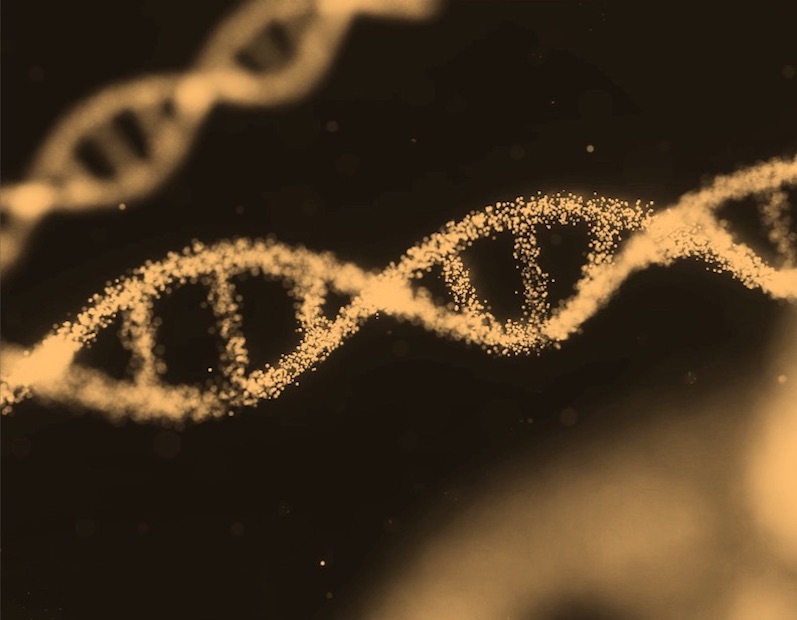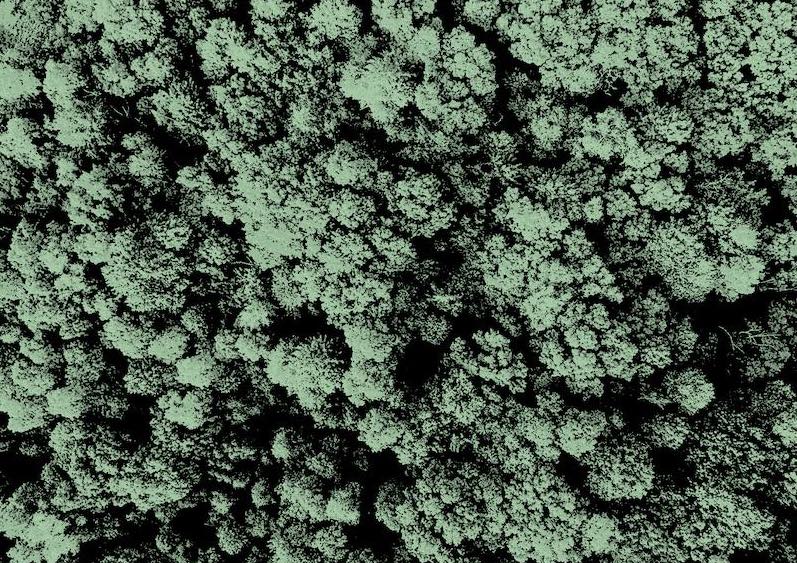What is it about?
To understand how fluids move, scientists have developed different methods for separating the components of the flow. For example, some researchers study the rotation of air flows around airplanes, while others examine the patterns of shear in blood vessels to understand how cells are affected. However, these methods often don't completely separate all of the different components of fluid motion. That's where the triple decomposition comes in. It's a new mathematical technique that separates the flow components, and in this article we explain how this technique helps us explain the physics of the flow. We link similar methods from different groups together and explain why they may or may not reach the same outcomes, and conclude by giving our own simple two-step algorithm for computing the triple decomposition.
Featured Image

Photo by FLY:D on Unsplash
Why is it important?
With the emergence of the triple decomposition, uncertainties in similar methods ranging from algorithms for vortex identification to quantifying shear-induced effects in blood flow have become apparent. As this method gains traction, there has been a lack of proper motivation behind the design choices of different algorithms for computing it, as well as understanding of why similar algorithms sometimes give the same results, and sometimes not. In this work we tie things together and motivate how the method should be used to guarantee consistent and reliable results, and also provide a simpler algorithm that does this.
Perspectives
This short paper had been in the works for over a year. In the beginning, we had a pretty clear idea of what gap in the literature we wanted to fill, but as the work progressed we kept finding new angles that needed addressing. After countless sessions of drawing different velocity gradient tensors and their corresponding flow fields on whiteboards and in Matlab and trying to understand the triple decomposition in minute detail, we're thrilled to present our research on the triple decomposition and its implications for the future of fluid mechanics.
Joel Kronborg
Kungliga Tekniska Hogskolan
Read the Original
This page is a summary of: The triple decomposition of the velocity gradient tensor as a standardized real Schur form, Physics of Fluids, March 2023, American Institute of Physics,
DOI: 10.1063/5.0138180.
You can read the full text:
Contributors
The following have contributed to this page










